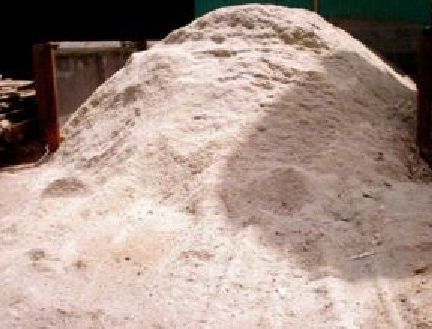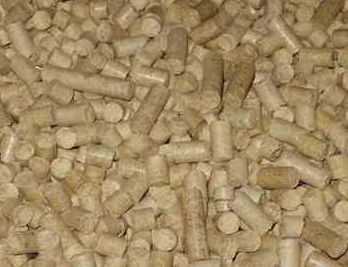German pellet market
The German pellet market is characterized by weak marketing, inappropriate infrastructure of traders and pellet providers, boundedness of the main range of provision by local markets. It is entailed by the fact that enterprises, participating in market buildup, are very small, small or medium-sized. The pellet market includes the following players: 1) consumer, who deals with 2) suppliers of solid biofuels and 3) installers, possessing the corresponding sources: 4) pellet producers and 5) manufacturers of combustion, who interact between each other. Some experts consider the market as a very young and those that needs to become clearer.
In order to calculate the level of costs in wood pellets production nine pellet plants were investigated. The capacity of these plants is quite different and varies between 430 and 79,000 t/a as well as annual full load operating hours which vary between 615 and 8,000 h p.a. Investigation of pellet plants have revealed that the total process of pellets production includes 9 cost factors. All of them are represented in the following table, showing a share of each in pellet production costs.
№ |
Cost factors |
Share in pellet production costs (EUR/t pellets)
|
||
Range |
Average value |
|||
1 |
general investments |
0,6-4,1 |
2,4 |
|
2 |
drying |
14,9-28,5 |
25,1 |
|
3 |
grinding |
0,3-4,2 |
2,6 |
|
4 |
pelletisation |
5,2-14,8 |
8,5 |
|
5 |
cooling |
0,1-0,5 |
0,3 |
|
6 |
storage |
1,4-4,9 |
2,9 |
|
7 |
peripheral equipment |
0,5-5,2 |
3,4 |
|
8 |
personnel |
4,7-17,4 |
11,7 |
|
9 |
raw material |
14,0-51,4 |
30,5 |
|
The detailed analysis of each factor allows to point out their nature and the scope of the influence:
1)General investments influence the total pellet production costs at a low degree and contain such steps: construction, offices, data processing, market introduction and planning.
2)It is obviously seen that the share of drying costs is the second biggest among the rest. Usually this factor can be lower only at those plants where the heat for the kiln is produced internally by burning residues available on-site.
3)Being quite low, the costs for grinding do not form a substantial influence for the production.
4)Due to the high electricity consumption pelletisation belongs to the main cost factors and should be taken into account during the production.
5)-7) Cooling, storage and peripheral equipment, which require costs for investments and electrical power necessary for motors of feeding screws, sieving machine, fans, cell air locks etc, are still influencing the production at comparatively low degree.
8)As soon as personnel costs include both personnel in production as well as in marketing and administration this factor becomes a substantial one among the others.
9)The most considerable factor is appeared to be raw materials costs, which take up about one third of pellet production costs.

Besides, it should be noted that the costs for raw material differs depending on the type of them, because dried raw material is more expensive than moist one.



